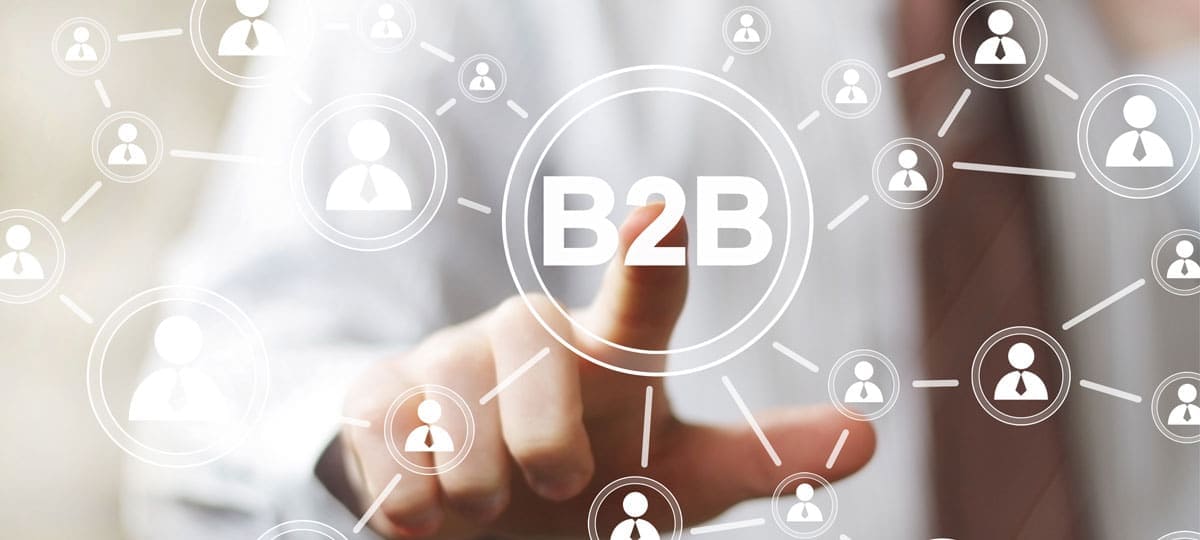

Global B2B trade
This is according to the new State of the Supply Side Report 2022 from source-to-pay provider Jaggaer. Only nine percent of the suppliers surveyed said they had already fully automated their entire B2B trade. The most important processes to be automated are the response to requests for proposals and the recording and management of invoices, which are cited by 43 percent of suppliers. Contrary to expectations, however, the transformation of these areas is progressing only slowly: 89 percent of suppliers state that they have not yet automated the former process or have only partially automated it, while this is also the case for 84 percent in invoice management. Supply chain disruptions hit suppliers hard and fast.
For example, 73 percent of suppliers say that bottlenecks are having a strong or very strong impact on their business. Meanwhile, other challenges include inflation, labor shortages, tight production capacity and geopolitical risks. The majority of suppliers are lagging behind in terms of automation. Major related difficulties include managing multiple supplier platforms simultaneously, as well as manual processes and communication with buyers. Companies surveyed cited a centralized platform that provides access to a variety of buyers, data that shows how they compare to the competition, and automated workflows to improve collaboration as the three most promising developments to improve the trading experience.
"True supply chain transformation requires a fully digitized and frictionless commerce experience - for both the buyer and the suppliers. Closing the gaps on the supplier side will be critical to build resilience," says Georg Rösch, Vice President Direct Procurement Strategy at Jaggaer.





